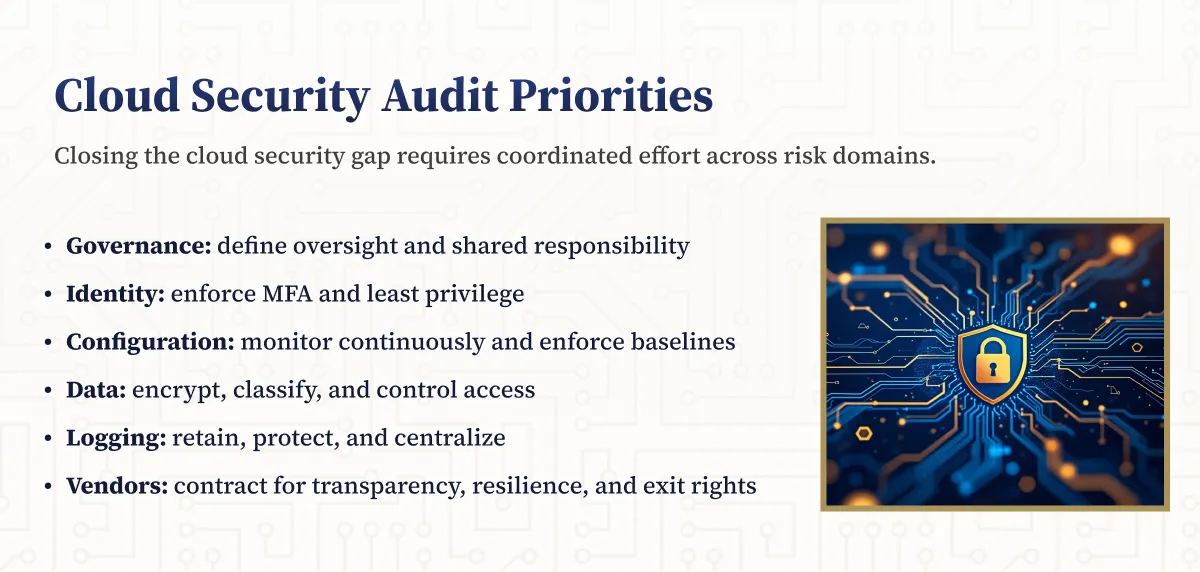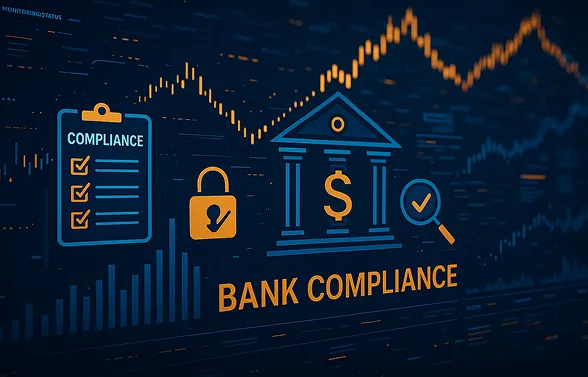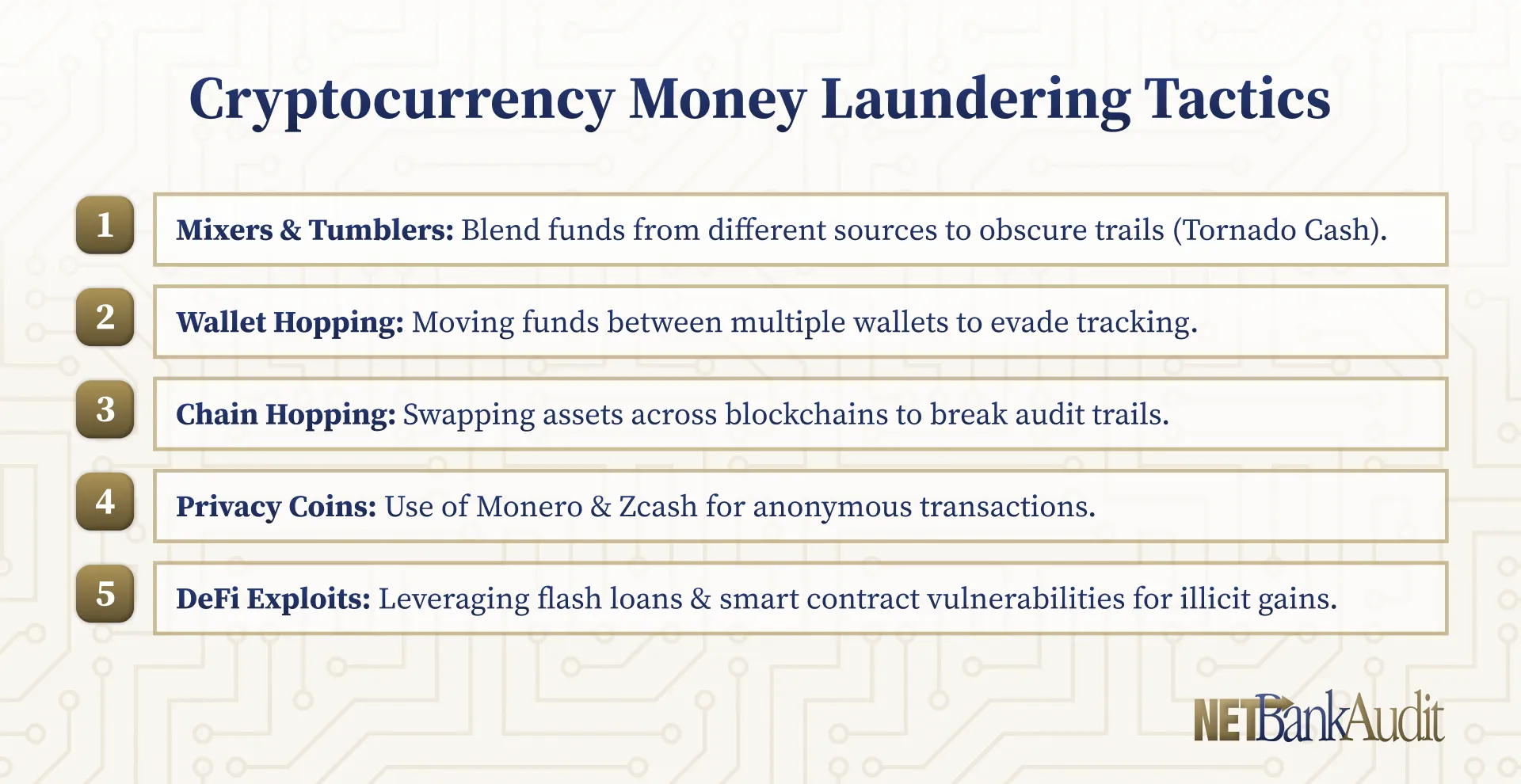In today's digital landscape, financial institutions face unprecedented cybersecurity challenges. As custodians of sensitive financial data, these institutions must be prepared to effectively respond to and report IT security incidents. This guide explores the critical aspects of IT security incident reporting, tailored specifically for smaller financial institutions.
Understanding IT Security Incidents in the Financial Sector
Overview of IT Security Incidents
An IT security incident refers to any event that compromises the confidentiality, integrity, or availability of an information system or its data.
.webp)
For financial institutions, these incidents vary in severity and type:
Common types of IT Security Incidents:
- Data breaches
- Malware infections
- Denial of service (DoS) attacks
- Insider threats
Impact of IT Security Incidents:
- Financial losses
- Reputational damage
- Operational disruptions
- Increased regulatory scrutiny
Incident management involves:
- Timely detection
- Swift containment
- Clear communication
- Established recovery procedures
Regulatory Context of IT Security Incidents
Financial institutions must navigate a complex regulatory landscape, including GLBA and PCI DSS. These regulations influence incident reporting requirements, response procedures, and overall security practices.
Understanding these aspects helps financial institutions better protect their assets, customers, and reputation in an increasingly digital financial ecosystem.
The Importance of Incident Reporting
Effective incident reporting is crucial for several reasons:
- Regulatory compliance
- Minimizing financial and reputational damage
- Improving overall security posture
- Facilitating rapid response and recovery
According to the IBM Cost of a Data Breach Report 2023, the average cost of a data breach in the financial sector was $5.72 million. This staggering figure underscores the critical need for robust incident reporting mechanisms.
Unique Challenges for Smaller Financial Institutions
Financial institutions often face distinct challenges when it comes to incident reporting and management:
Limited resources and expertise
- Smaller budgets for cybersecurity investments
- Difficulty attracting and retaining skilled IT security professionals
- Less capacity for comprehensive training programs
Complex regulatory landscape
- Navigating multiple, often overlapping regulations (e.g., GLBA, SOX, PCI DSS)
- Keeping up with frequent regulatory updates and changes
- Balancing compliance requirements with operational efficiency
Balancing security with customer service
- Implementing robust security measures without hindering user experience
- Managing customer expectations for convenience and accessibility
- Educating customers about security practices without causing alarm
Keeping pace with evolving threats
- Rapidly changing cybersecurity landscape
- Sophisticated attack methods targeting smaller institutions
- Need for continuous updating of security systems and practices
Vendor management complexities
- Reliance on third-party service providers for critical functions
- Ensuring vendor compliance with security standards
- Managing potential vulnerabilities introduced by external partnerships
These challenges underscore the need for tailored approaches to incident reporting and management in smaller financial institutions, emphasizing efficiency, adaptability, and strategic resource allocation.
Types of Security Incidents in Financial Services Industry
Understanding the various types of security incidents is crucial for effective reporting. Common incidents in the financial sector include:
Data Breaches
Unauthorized access to sensitive customer information, such as account details or personal data. These can result from external hacking attempts or internal vulnerabilities. The impact of data breaches can be severe, often leading to financial losses, reputational damage, and regulatory penalties.
Malware Infections
Malicious software that compromises system integrity or steals data. This can include viruses, trojans, ransomware, and other forms of harmful code. Malware can spread rapidly through networks, potentially affecting multiple systems and compromising large amounts of data.
Phishing Attacks
Fraudulent attempts to obtain sensitive information by posing as a trustworthy entity. These attacks often target both employees and customers, using sophisticated social engineering techniques. Phishing can lead to credential theft, financial fraud, and serve as an entry point for more complex attacks.
Insider Threats
Security risks originating from within the organization, either malicious or unintentional. This could involve employees misusing access privileges, falling for social engineering tactics, or intentionally stealing data. Insider threats are particularly challenging to detect and can cause significant damage due to the perpetrator's internal access and knowledge.
Denial of Service (DoS) Attacks
Attempts to disrupt normal traffic to a service, often targeting online banking platforms. These attacks can overwhelm systems, making services unavailable to legitimate users. DoS attacks can result in significant operational disruptions and customer dissatisfaction, potentially leading to financial losses and reputational damage.
Unauthorized Access
Any instance where an individual gains access to systems or data without proper authorization. This could result from weak access controls, stolen credentials, or exploitation of system vulnerabilities. Unauthorized access can lead to data theft, system manipulation, or serve as a stepping stone for more severe breaches.
The Federal Financial Institutions Examination Council (FFIEC) Cybersecurity Resource Guide provides detailed information on various types of cyber incidents relevant to financial institutions.
Regulatory Framework for IT Security Incident Reporting
Financial institutions must navigate a complex regulatory landscape when it comes to incident reporting. Key regulations include:
Gramm-Leach-Bliley Act (GLBA)
Requires financial institutions to implement safeguards to protect customer information and notify customers of breaches. The GLBA also mandates that financial institutions develop a written information security plan that describes their program to protect customer information.

Sarbanes-Oxley Act (SOX)
Mandates strict internal controls and reporting requirements for financial institutions. While primarily focused on financial reporting, SOX has significant implications for IT security and data integrity, requiring companies to establish and maintain effective internal controls over financial reporting.
.webp)
State-Specific Regulations
Many states have their own data breach notification laws. For example, the New York Department of Financial Services Cybersecurity Regulation imposes strict reporting requirements on financial institutions operating in the state. These state-level regulations often have specific timelines and procedures for reporting incidents, which can vary significantly from state to state.
Federal Reporting Requirements
FFIEC Guidelines
The FFIEC Cybersecurity Assessment Tool provides a framework for evaluating cybersecurity preparedness, including incident response and reporting. This tool helps financial institutions identify their risks and determine their cybersecurity maturity, guiding them in establishing appropriate incident reporting processes. In 2024, FFIEC announced it will be sunsetting the CAT tool in 2025. For more information read our full Cybersecurity Assessment Guide.
SEC Requirements
Publicly traded financial institutions must comply with Securities and Exchange Commission (SEC) reporting requirements for material cybersecurity incidents. These requirements include timely disclosure of significant cybersecurity incidents that could impact investor decisions, emphasizing the need for robust incident detection and reporting mechanisms.
%201%20(1).svg)
%201.svg)
THE GOLD STANDARD INCybersecurity and Regulatory Compliance
SANS Institute Incident Report Structure
The SANS Institute, a respected authority in information security, recommends a comprehensive structure for incident reports.

This structure can be adapted for use by financial institutions:
- Executive Summary - A high-level overview of the incident, its impact, and key findings.
- Incident Description - Detailed account of the incident, including affected systems and data.
- Response Actions - Steps taken to contain and mitigate the incident.
- Timeline of Events - Chronological breakdown of the incident and response activities.
- Findings and Analysis - In-depth examination of the incident's cause and impact.
- Recommendations - Actionable steps to prevent similar incidents and improve security posture.
- Lessons Learned - Insights gained from the incident and response process.
- Appendices - Technical details, evidence, and supporting documentation.
Creating Effective IT Security Incident Reports
For financial institutions, creating clear, concise, and actionable incident reports is crucial. Here are key considerations:
Gathering and Organizing Incident Data
Collect all relevant information, including system logs, network traffic data, and witness accounts.
Documenting the Incident Timeline
Create a detailed chronology of events, from initial detection to final resolution.
Analyzing Root Causes and Impact
Conduct a thorough investigation to determine the underlying causes and assess the incident's full impact on the institution and its customers.
Formulating Actionable Recommendations
Develop specific, implementable recommendations to address vulnerabilities and prevent future incidents.
Tailoring Reports for Different Audiences
Customize report content and level of detail for various stakeholders, including:
- Executive management
- Board of directors
- Regulatory bodies
- Technical teams
Tools and Templates for Streamlined Reporting
Leverage incident reporting tools and templates to ensure consistency and efficiency in the reporting process.
The National Institute of Standards and Technology (NIST) provides comprehensive guidelines on computer security incident handling and reporting, which can be valuable for smaller financial institutions.
Specific Reporting Requirements for U.S. Financial Institutions
Financial institutions in the United States must adhere to specific reporting requirements set by various regulatory bodies:
Federal Reserve Board
Requires prompt notification of significant cybersecurity incidents that may affect the institution's ability to continue operations or impact the broader financial system.
Office of the Comptroller of the Currency (OCC)
The OCC's Banking Bulletin 2020-5 outlines incident notification requirements for national banks and federal savings associations. Key points include:
- Reporting significant incidents within 36 hours
- Providing updates on the incident's status and impact
- Submitting a final report detailing remediation efforts
Federal Deposit Insurance Corporation (FDIC)
Expects insured institutions to report computer-security incidents that could result in customers' inability to access their deposit accounts.
National Credit Union Administration (NCUA)
Requires federally insured credit unions to report cyber incidents that impact operations, customer data, or financial stability.
Farm Credit Association (FCA)
Farm Credit Associations, regulated by the Farm Credit Administration (FCA), must adhere to strict IT security incident reporting requirements.
- Mandatory Reporting: Significant IT security incidents, such as unauthorized access or data breaches, must be reported to the FCA promptly, typically within 24-72 hours.
- Incident Details: Reports should include a detailed description of the incident, the steps taken to mitigate the issue, and any ongoing remediation efforts.
- FCA Oversight: The FCA conducts regular cybersecurity audits to ensure compliance with federal regulations and assess the effectiveness of an association's cybersecurity measures.
Continuous Improvement in Incident Reporting
To enhance their incident reporting capabilities, Financial institutions should focus on:
Conducting Post-Incident Reviews
Thoroughly analyze each incident to identify areas for improvement in detection, response, and reporting processes.
Updating Incident Response Plans
Regularly revise and update incident response plans based on lessons learned from previous incidents and evolving threats.
Enhancing Detection and Reporting Capabilities
Invest in advanced threat detection tools and automated reporting systems to improve response times and accuracy.
Training Staff
Provide ongoing training to employees on incident identification, response, and reporting procedures.
Leveraging Threat Intelligence
Utilize threat intelligence feeds and industry information sharing platforms to stay informed about emerging threats and improve incident detection capabilities.
Implementing Automation
Explore opportunities to automate aspects of the incident reporting process to increase efficiency and reduce human error.
According to Gartner, by 2025, 50% of organizations will use cybersecurity benchmarking as a critical factor in their business partner and supplier assessments, up from less than 5% in 2022. This trend underscores the growing importance of robust incident reporting and overall cybersecurity practices for financial institutions of all sizes.
NETBankAudit: Your Partner in IT Security Incident Management
NETBankAudit specializes in helping financial institutions optimize their IT security incident reporting processes. Our team of experts brings deep industry knowledge and hands-on experience to:
- Assess your current incident reporting procedures
- Identify areas for improvement and compliance gaps
- Implement robust, tailored reporting processes that meet regulatory requirements
- Provide ongoing support and training to enhance your institution's incident management capabilities
By partnering with NETBankAudit, you can:
- Enhance your cybersecurity posture
- Ensure regulatory compliance
- Protect your customers' sensitive information
- Build trust with stakeholders
- Stay ahead of evolving cyber threats
Don't let the complexities of IT security incident reporting overwhelm your institution. Contact NETBankAudit today for a comprehensive evaluation of your practices. Let us help you transform your incident reporting from a compliance burden into a strategic asset, strengthening your position in the competitive financial landscape.
.avif)

.svg)

.webp)

.webp)











.webp)



.webp)

%201.webp)
.webp)
%20(3).webp)


.webp)


%20Works.webp)


.webp)




.webp)
%20(1).webp)

.webp)










.webp)
.webp)

.webp)
.webp)
.webp)
.webp)
.webp)
.webp)
%201.svg)